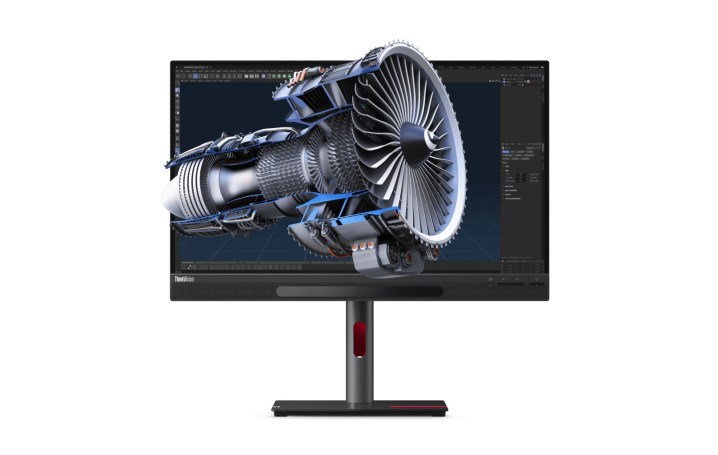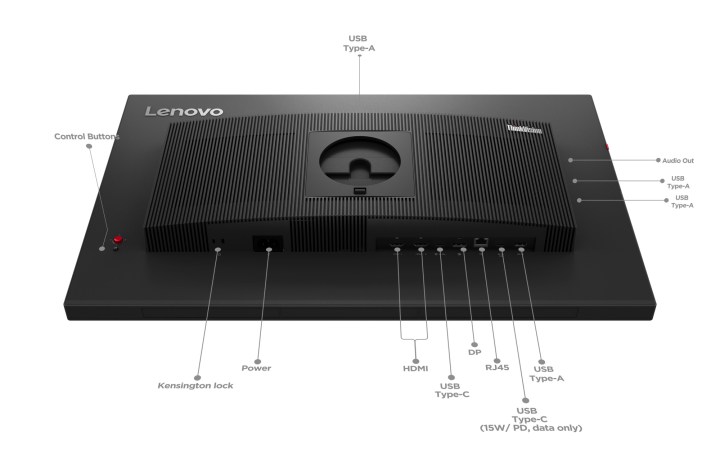
Lenovo has a new 27-inch 4K monitor that can render 3D content without the need for glasses. First showcased at IFA 2023, the ThinkVision 27 3D employs proprietary hardware and software technology that projects separate images to each eye, creating a 3D effect that appears to bring images to life.
The display includes a switchable lenticular lens and real-time eye-tracking technology paired with accompanying software, known as 3D Explorer, that features a 3D player and a software development kit (SDK) to create 3D applications. Essentially, the monitor is targeted at content creators, including 3D graphic designers and developers.

The ThinkVision boasts a 3D resolution of 1920 x 2160, while the switchable lenticular lens allows users to seamlessly transition to normal, 2D viewing at a resolution of 3840 x 2160.
Lenovo claims that the monitor minimizes the demand for additional computing power for 3D rendering, making it accessible to 3D content creators with modest specifications.
To experience the glasses-free 3D experience, one would need a Windows 10 or later PC powered by an Intel Core i5-7400 at 3GHz or better, an Nvidia GeForce GTX 1050 or superior, and a minimum of 16GB DDR5 RAM.

As a regular 2D monitor, the specifications of the ThinkVision 27 3D are decent. There’s a 4K IPS screen with a 60Hz refresh rate, 310 nits brightness, and a 1,000:1 contrast ratio, along with 99% DCI-P3 and Adobe RGB, and a Delta E color accuracy rating under 2.
In terms of connectivity, the monitor comes with two HDMI 2.1 ports, one DisplayPort 1.4, four USB 3.1 Gen 1 Type-A ports, one USB 3.2 Gen 1 Type-C port with up to 15-watts of power delivery, RJ45, a 3.5mm audio jack, and an upstream USB-C port with up to 100W power delivery.
Lenovo says that the monitor will come at a hefty price of $2,999, and is expected to be available sometime in February 2024.
It seems that we are going to see a lot of innovations in the monitor and display space next year. Just a couple of days back, we saw a slew of new panels from TCL including the unique 31-inch 4K OLED with a concave-style shape capable of offering a 3D-like experience while gaming.


